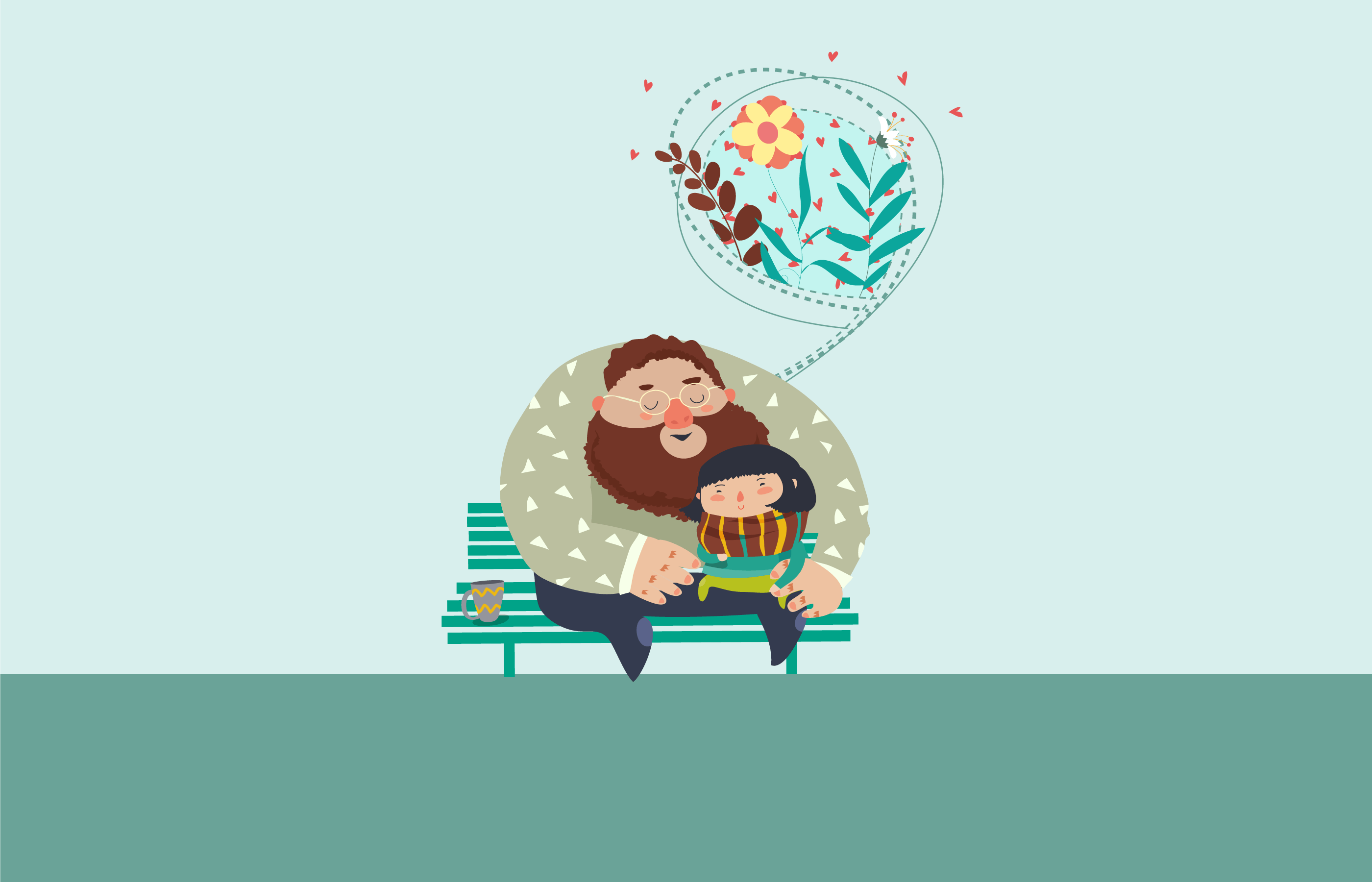I felt like the world’s worst mom. My sixth-grade son had been complaining about pain in his heel since starting soccer a month earlier. We were new to the area. He was shy and not overly interested in athletics. I thought he was just trying to get out of it, so I pushed him on.
It took his tears and a coach’s concern to wake me up.
That was the beginning of his battle with Sever’s disease, a condition that took him out of sports and out of gym classes for more than three years. His case was acute, far worse than most. Many kids can continue with athletics after therapy and treatment, but not him. He had to wait for the disease to run its course.
Along with the physical pain, he fought ignorance and the social repercussions of invisible illness. A substitute gym teacher accused him of faking it. His peers were too young to understand what they could not see. He needlessly suffered through medical boots, casts, and expensive orthotics ordered by a doctor who went by the book instead of treating our son as an individual.
It didn’t have to be so hard. Like many parents, we'd never heard of Sever’s disease. If we had been more educated, his experience might've been less painful, physically and socially. The more we learned, the more surprised we were at how common Sever’s disease is and how little most parents and coaches know about treating it.
Sever’s disease, also known as Calcaneal apophysitis, is the most common cause of heel pain in children. It's not really a disease. It is an overuse condition that usually occurs during the growth spurt of adolescence, about two years before the onset of puberty. For most kids, that’s between the ages of eight and 13 for girls and 10 and 15 for boys.
This is how it happens: Children who are still developing physically have plates made of bone surrounded by cartilage on their heels where their Achilles tendons attach. Picture that piece of bone as an island in a sea of cartilage. The pain occurs when the tendon repeatedly yanks on that growth plate, causing inflammation in the cartilage. The only permanent cure is time.
Eventually, the cartilage turns to bone and the pain is gone for good. The worst pain usually lasts only a few weeks or a few months, but flare-ups can happen any time during the 18 months to three years it takes the cartilage to solidify. Knowing the root cause is essential in deciding how to treat it for the long-term. We didn’t know that.
The most popular articles that popped up in my internet searches addressed only the acute stage, as did our doctor, a sports podiatrist who came highly recommended by friends. We had no reason to doubt the doctor or question his approach to treatment. So when he recommended casting, we did it. When he recommended a boot, we did it. When he encouraged our son to return to sports with a duller version of the pain, we agreed.
Each time it flared up, this doctor prescribed the boot, again and again and again. Nothing seemed to keep the flare-ups at bay. The doctor’s final solution was an expensive pair of orthotics that did nothing.
It was an exercise in frustration and it led to confusion for us, the school, our son’s coaches, and his peers. Our son was becoming depressed, especially after we hit the two-year mark and the pain with activity was no less intense. We found no real relief until we ditched our doctor and found an orthopedic surgeon at the University of Rochester, who was known for thinking out-of-the-box.
What we learned is that not all cases of Sever’s disease respond to the same approach. There are several potential causes of the condition. Overuse in sports, a tight Achilles tendon, and bio-mechanical problems such as flat feet and high arches are common culprits, according to The American College of Foot and Ankle Surgeons. Most often, the condition will improve with medication, physical therapy, ice, and a reduction in exercise.
Many kids can continue in sports if they pamper their heels and tendons a bit with stretching, shoe inserts, ice massage, and a reduction in the intensity of their training when the pain returns or becomes more intense. Some never experience that pain again.
Our son was not a typical case. He is tall and his bones grew faster than his muscles, tendons, and ligaments, the doctor said. With such a short Achilles tendon, there wasn’t much he could do to prevent that constant yanking. No amount of casting, booting, medication, or icing was going to make the pain go away. He needed to accept that activities involving repetitive walking or running would be off the table or a while.
His new doctor tossed the orthotics and prescribed simple, comfortable heel lifts to shorten the tendon while he walked, relieving the stress on his growth plates. He recommended physical therapy and daily exercises to stretch the Achilles tendon. Even the slightest gain in length would relieve his pain during daily activities such as walking to classes, he assured our son. He had to keep them up at home long after therapy ended, stretching the tendon three to six times a day.
It was that simple.
The lifts, therapy, and stretches created a new bounce in our son’s step. He knew what to expect and he finally understood that he was playing a waiting game. He knew that a full recovery was around the corner and that he just needed to bide his time until then. So he began lifting weights and working on his abdominal muscles, preparing for the day he could return to gym and sports.
In tenth grade, he joined the cross-country team again. This time, he finished the season pain-free.


